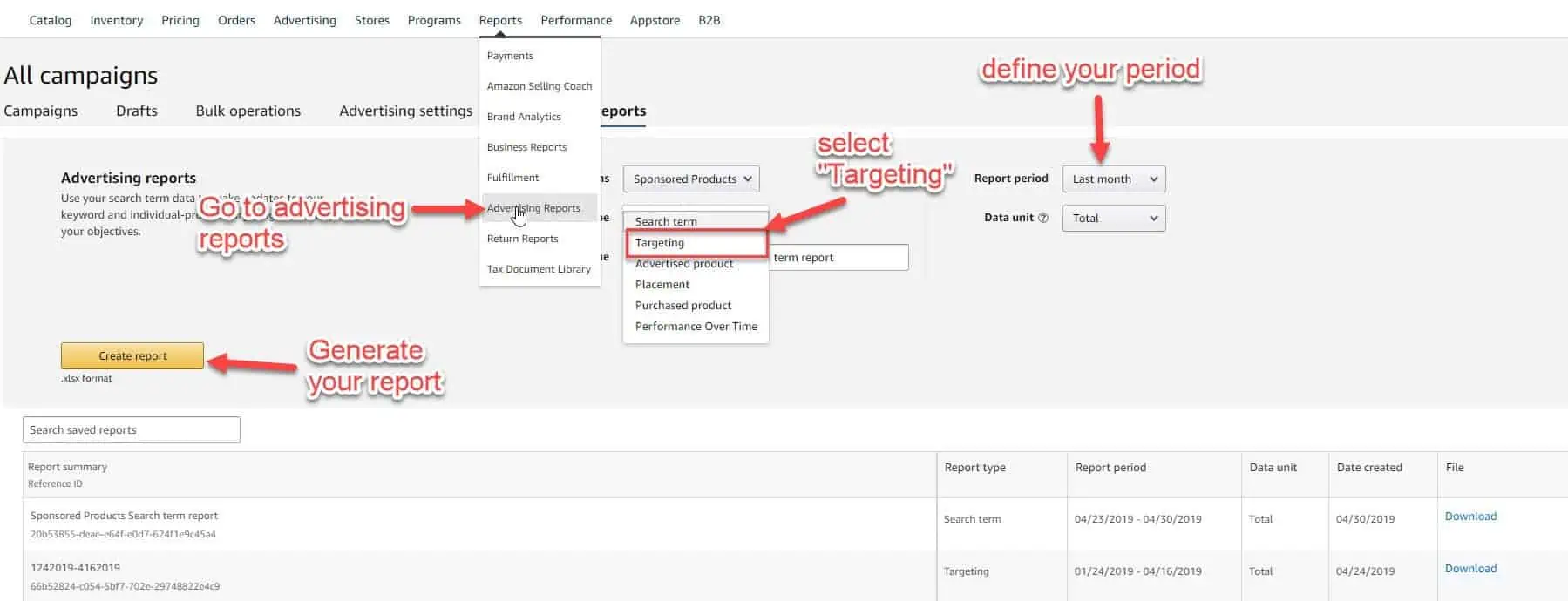
More stuff for you today and an update to our April numbers.
The numbers and information I share is selective and for educational purpose as there are people I know personally who reads this. Trade, company secrets and sensitive information need to be private of course.
The purpose of starting this monthly review is to organize my thoughts on the Amazon FBA side of things and reflect on the past month.
Maybe monthly will be too often. Who knows?
We’ll see how these posts evolve based on how you find it and what information is helpful or not.
Article Summary (TL;DR)
✅ Explore the performance metrics and milestones achieved in April for our FBA business, reaching $192K in sales.
✅ Learn about the strategies implemented to drive sales growth, including inventory management, pricing optimization, and marketing efforts.
✅ Gain insights into the challenges faced and lessons learned during the month, highlighting opportunities for improvement and future growth.
New Updates
This month, we added more free and PRO templates and documents to the library of PRO Business Spreadsheets.
I already posted a detailed version, but in addition to that, we added 2 new spreadsheets last week that everyone can take advantage of.
To date, we now have the following spreadsheets added to our library of PRO templates.
- [NEW] PPC dashboard for keywords and customer search – manual spreadsheet. Not automated.
- [NEW] English/Chinese NNN agreement template to use with suppliers.
- [NEW] English/Chinese Manufacturing PO agreement package to use just before you place an order.
- Seasonally adjusted sales forecasting calculator
- Accurate product pricing calculator
- Simple inventory check in/out
- Amazon cost analysis database
- Amazon sales performance report and dashboard
The list and value of the package continues to grow. If you don’t have the PRO access yet, get it before prices go up.
One price. One payment. Access to all future templates, docs and tools for life.
Two New PPC Spreadsheet Templates for Everyone

As we are working on adding PPC data to Gorilla ROI and Gorilla Agency, I’ve tweaked and prettied up my manual PPC spreadsheets that I’m happy to share in the meantime.
Amazon has plenty of data, but the area they lack is providing insights into the data. I always end up coming back to spreadsheets because I can see things the way I want and create my own KPI’s.
- Number of converted keywords
- Ratio of converted keywords to non-converted
- The ratio of spend for conversion to total spend
- CTR of converted keywords
- and so on
Amazon does not provide this type of insight and no other tool provides the metrics I want to see.
This is a manual spreadsheet version. You export the reports from your Amazon Seller Central, copy and paste the data and that’s it.
Export your report, then copy over the entire contents of the report to the spreadsheet and everything is automatically calculated.

The FREE version has a simplified dashboard.
Download with the following links:
- Download Manual Amazon Keyword Targeting Dashboard
- Download Manual Amazon Customer Search Term Dashboard
PRO Version of the PPC Dashboard
The pro version is also manual at this time. Once we are able to pull PPC data, this will be automated.
The PRO version is available from your account, and comes with in-depth KPI’s like I noted above. Here’s a screenshot of what you’ll see.

Your KPI’s will be different, but breaking down the data like this for us helps our team see what we are doing good and what we need to improve.
Free FBA Spreadsheet resource page in the works
I’ve received a number of requests and seen a lot of people posting for help related to getting a handle of their Amazon numbers.
To help with this, we are in the process of putting together a free resource page where you can download free versions of the spreadsheets we’ve created for Amazon FBA sellers.
If there is a particular spreadsheet you would like us to create and post for free, leave a comment below.
Trying to grow online sales
Finally got around to finishing this website and one of our ecommerce sites. All for the purpose of getting into paid marketing outside of Amazon.
I’m not including our direct or wholesale sales in this number. Amazon still makes up the majority percentage.
Our goal is to try and ween as many sales off Amazon and directly onto our own site.
Our products and presence has grown where we can do 4 figures through our site with no marketing. All repeat purchases or people who found us through trade shows.
Now onto the FBA numbers.
April FBA Monthly Revenue

Coming from an investment background, one of the things I won’t do is breaking things down in too much detail.
No tables of income vs expense.
If you have been selling for a while, you know that all the fees, services and expenses that go back to Amazon eats up about 50% of revenue.
- FBA fees
- Pick and pack fees
- Shipping fees
- Storage
- All the charges that Amazon takes from your account related to customer service
- PPC costs
For April, we ended with gross margins of 46%. It sounds impressive, but it doesn’t mean much because the quarterly and annual numbers are more important.
The problem with providing month over month analysis and change is that I may end up focusing too much on trying to make the numbers look good.
That’s why most public companies succumb to please wall street analysts as they try to get their stock higher, rather than make decisions that hurt in the short run, but add value to the long term health of the business.
Why were margins so high?
I wish our margins were always like this.
Typically, we range between 36-40%. So last month was an anomaly because of reduction in PPC spend, and reducing costs in fatty areas.
Fluctuations naturally occur depending on the month and the season.
On the flip side, the previous month is an example where we reinvested large sums of money after China came back from their holidays.
Whereas for this month, it was the start of our slow season. We cut back on expenses and optimize areas of the business that haven’t received the attention it needed.
Most likely for the immediate future, our spend will go through the roof as we move to a large location. Lease will be around 40% as we need to reinvest in a bigger space and grow into it.
New office means more furniture, shelving, equipment, and more expenses.
Not something I like, but need to bite the bullet as I don’t want to go through the ordeal of trying to find new space when we are at 150% capacity. Not a good feeling.
What about profit?
Another thing with providing too much detail is that there are always people who whine about “profit”.
They most likely are talking about Free Cash Flow. Money you can take out of the business that is not required to run the business.
I’ve analyzed hundreds of public companies and valued them, and what most Amazon FBA entrepreneurs don’t understand is that businesses operate at different stages of the life cycle.

The problem with prioritizing profit as #1 is utterly wrong because it is dependent on the stage you are operating at.
If you have been in business for 20+ years, have everything established and happy with 12% top line growth, then profit and FCF is a high priority.
If you’re still young and trying to grow at 50-200% YoY, forget about profit. Focus on growth, gaining market share and increasing the value of your equity value.
Once you hit the tipping point of large numbers, wind down the growth and rake in the profits.
For us, we are currently aiming for $3M in revenue this year, however, we could easily dial it back to $2M like what we did last year.
If we did, I could reduce staff hours, cut back re-investments, new product developments, trade show costs, travel and other expenses to fatten margin by 5-10%.
Just a long winded way of saying we’re barely breaking even from a financials point of view, but our investments will pay off in time.
Comments
Related Posts

10 Profitable Product Categories for Amazon Affiliates 2025
What you’ll learn Amazon is a favorite for experienced and…

Unlock the Secret to a Profitable Automated Amazon Store: How to Build a Hands-Free Income Stream
Ever dreamed of running a profitable Amazon business while sipping…

Master Amazon New Restricted Keywords: A Seller’s Guide to Success
Changes to Amazon’s restricted keywords list have taken a lot…







Leave a Reply